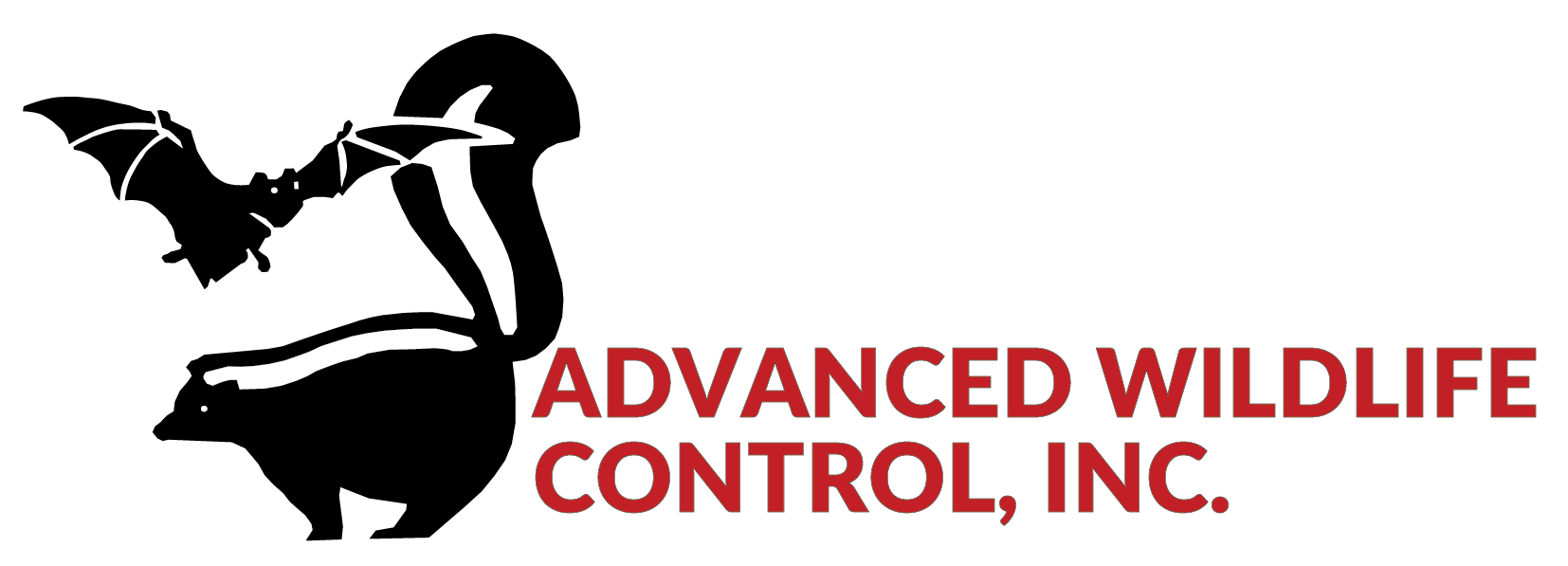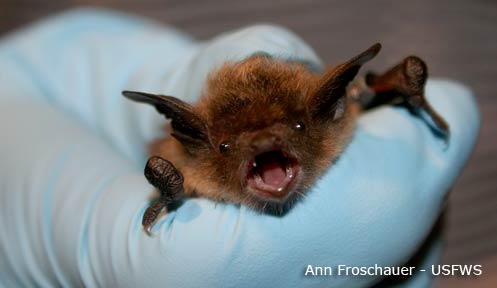Bats in Your House and why mid-August is a good time to seal up your attic.
Some important information on Bats from our friends at New Hampshire Fish and Game Department and our Seasoned Technicians
If bats fly into the living spaces of your house, don’t panic. They would rather not be there. Open any outside windows and doors to the room where the bat is, and leave the room, closing any interior doors behind you and turning off the lights. They will soon find their way outdoors.
If you have them trapped already, you can let them go outside. In the summer, let them go as soon as possible. In the winter, choose the warmest part of the day for release, if possible.
Do not touch a bat with your bare hands. If you touch a bat, you may be exposed to rabies. This is why skilled Wildlife technicians are your best bet.
If for any reason you touch a bat-call your doctor and the NH Department of Health and Human Services, Bureau of Infectious Disease Control, at (603) 271-4496 right away. Often people do not even know they were bitten. See below for more information about bats and rabies.
In the winter, big brown bats may show up in your basement, as that is a common access point. This is the only species that regularly uses buildings for hibernation.
Bats in Your Attic
Bats like to roost in attics because they are hot, safe places to raise their young, called pups. They may have pups from mid-May to mid-August. The pups will begin to fly in July, but still need a safe place to roost for a few weeks.
If you seal up your attic before the pups are ready to leave, they will either be trapped and die or will find their way into the living spaces in your house. The mothers may also fly into your home, seeking a way back to their pups. If there is an opening, they WILL find it.
In mid-August, the bats generally leave to seek a safe place to spend the winter, so this is a good time to seal up your attic.

During July, you can figure out how bats are getting into your attic. Observe where they exit at dusk, so you will know which holes you need to seal.
Then in August, when the bats are ready to go, the openings can be permanently sealed. Use one-way doors to make sure they are out before you seal them. You can either do this yourself or hire a licensed Wildlife Control Operator![]() in New Hampshire. Licensed exclusion and preventive bat and squirrel control technicians are trained to find the openings you would typically miss. If there are multiple holes, you might want to seal up some first, then create the one-way door. Yes, it is just that, this allows them to leave but not come back in. We like to humanely move them along.
in New Hampshire. Licensed exclusion and preventive bat and squirrel control technicians are trained to find the openings you would typically miss. If there are multiple holes, you might want to seal up some first, then create the one-way door. Yes, it is just that, this allows them to leave but not come back in. We like to humanely move them along.
To create a one-way door, hang screening material over the remaining openings; the piece of screen should be tacked down at the top and sides, but left open at the bottom to allow them to crawl down the wall to fly away. They will not be able to figure out how to crawl back up to re-enter.
To recap, avoid removing bats from mid-May through mid-August from UNINHABITED spaces. Be aware that, to help protect bats, a 2012 rule prohibits the exclusion of bats from unoccupied structures by licensed Wildlife Control Operators from May 15 through August 15, unless the NH Department of Health and Human Services, Bureau of Infectious Disease Control has documented a rabid bat on the property.
Once the bats are gone, cleanup can be done. See below for advice on removing the guano (bat poo):
Bat guano accumulates under bat colonies and can be a problem in barns, sheds, and other outbuildings where equipment is stored or livestock live. To protect your bats and your stuff, consider creating a ceiling between the roof and your personal property. You can rig up a tarp or plastic catch above the tractor and other equipment. This catches the guano from the bats and can be easily held up with ropes that allow it to be lowered back down to the ground, but remain flat while cleaned off periodically.
State Wildlife experts do warn however that large accumulations of bat guano may harbor histoplasmosis fungi spores, which when inhaled can result in a lung infection referred to as histoplasmosis. In the US, the fungus mainly lives in soil in the central and eastern states.
IMPORTANT: Precautions, such as wearing a respirator, should be followed when cleaning or removing large accumulations of bat guano, or get the experts to handle this for you. For more information, see the U.S. Centers for Disease Control and Prevention website on Histoplasmosis.
OR contact a wildlife control expert….
Remember—The Advanced Wildlife Control, Inc team provides FREE inspections, so call us today to schedule an inspection for your home.
Call toll-free at
Call or Text Us 24 hours a day – 7 days a week.
1-603-833-2444
Please know some seasons are VERY busy, so if you text or get voicemail, please leave us your name, phone, town you live in and a brief description of your problem. We will get back to you as soon as possible and typically within 24 hours or less.

